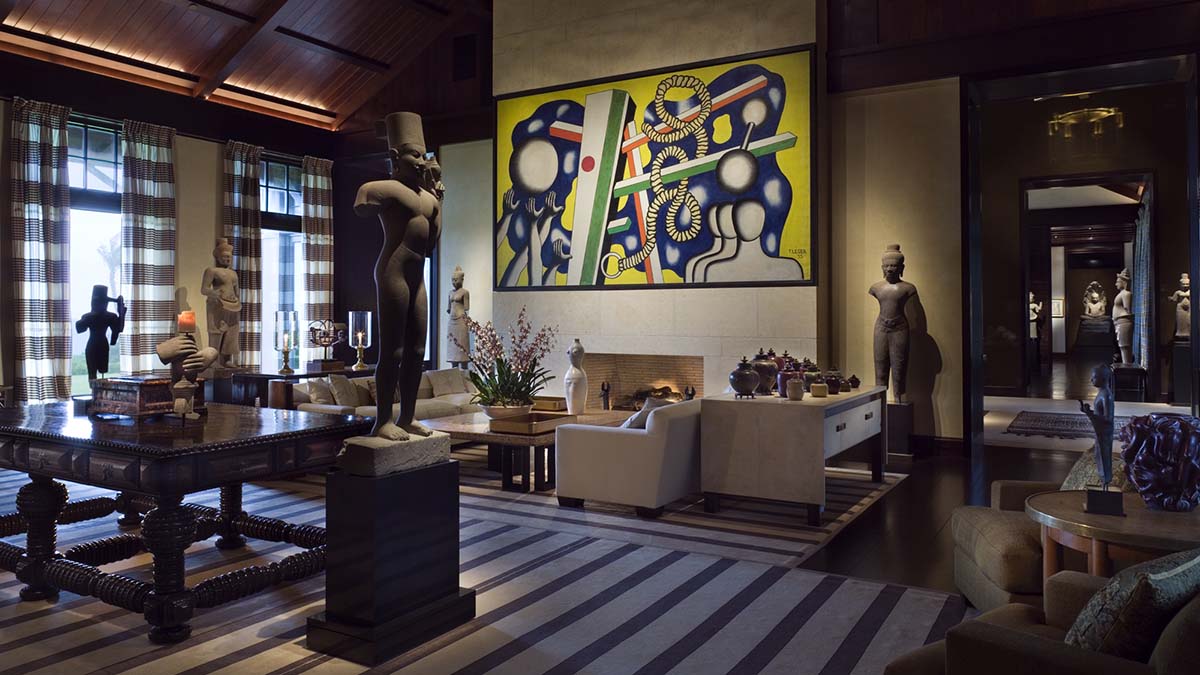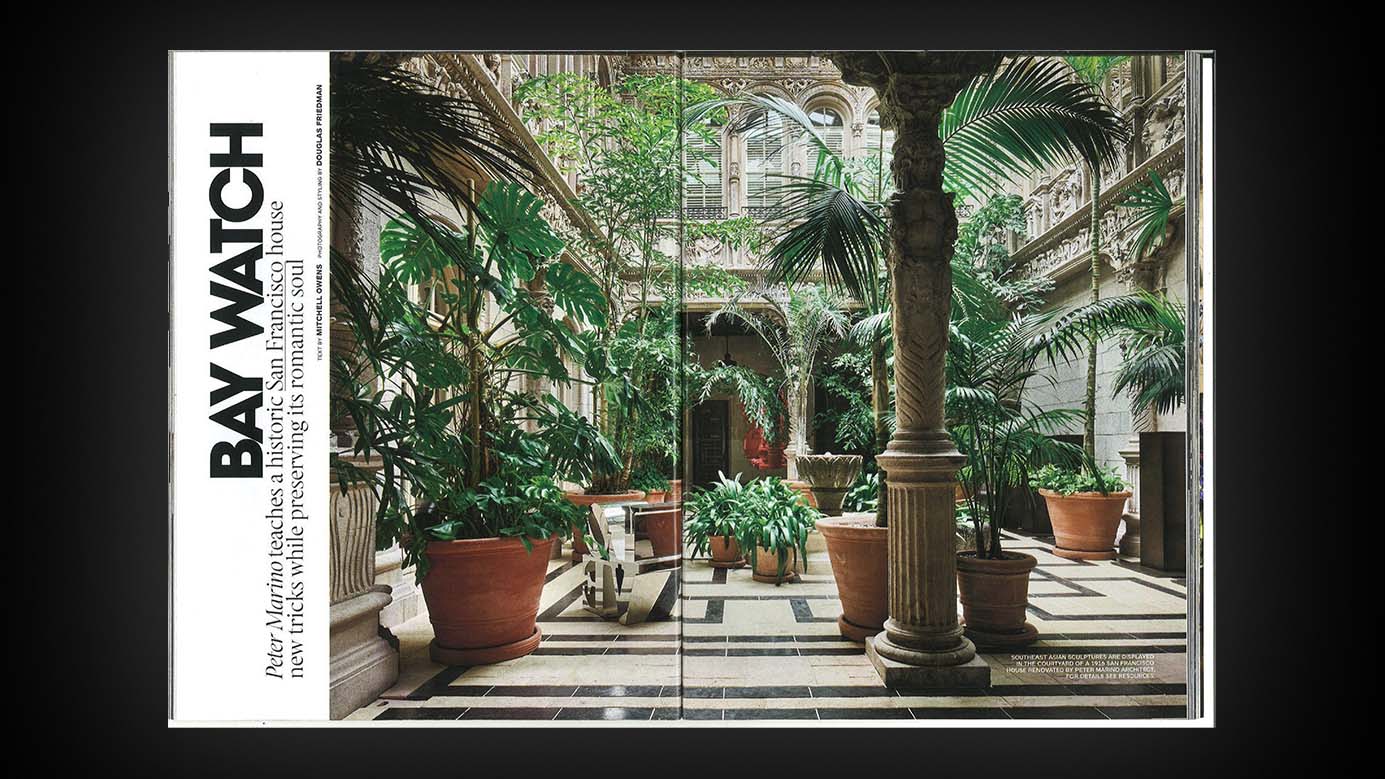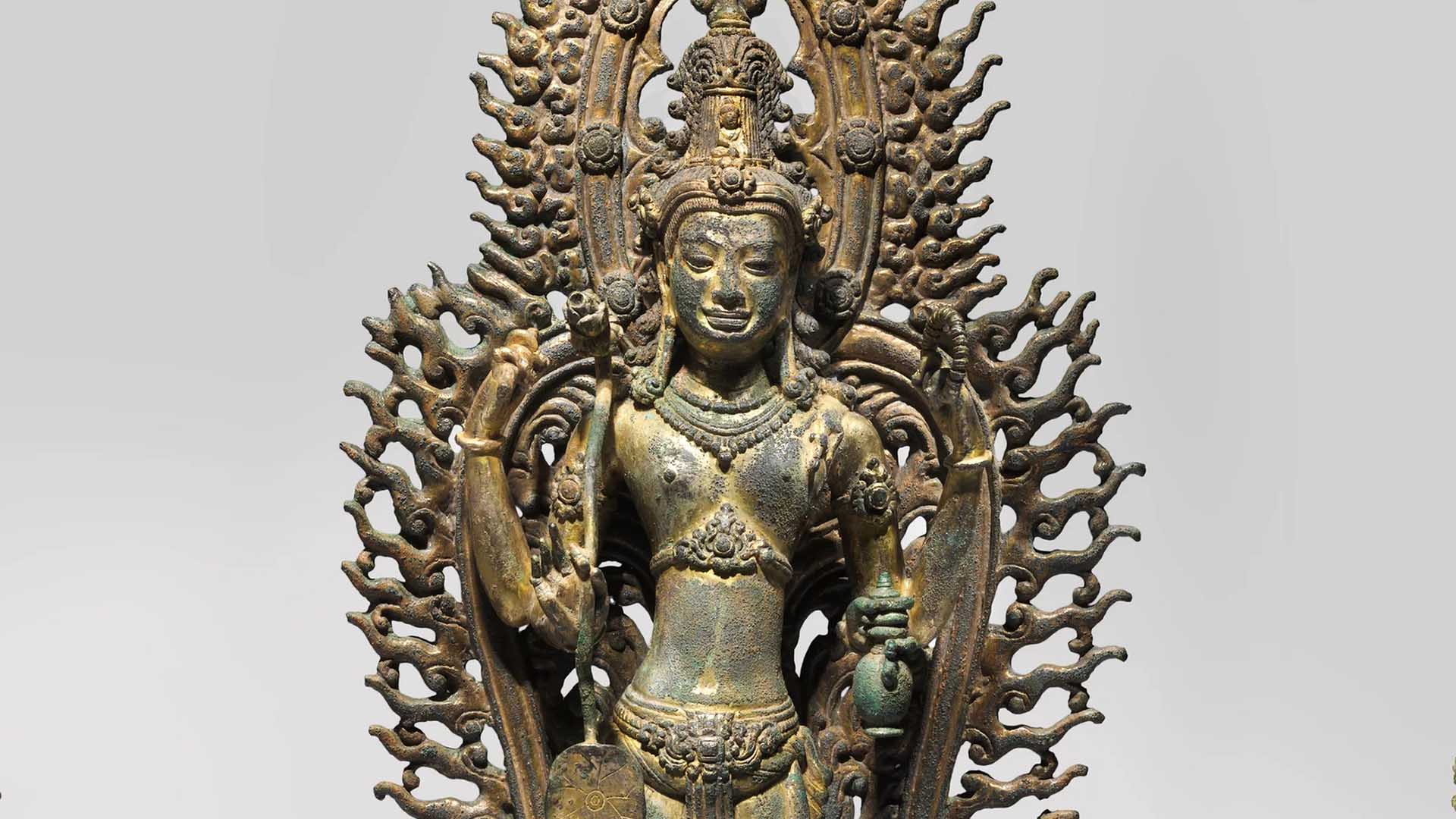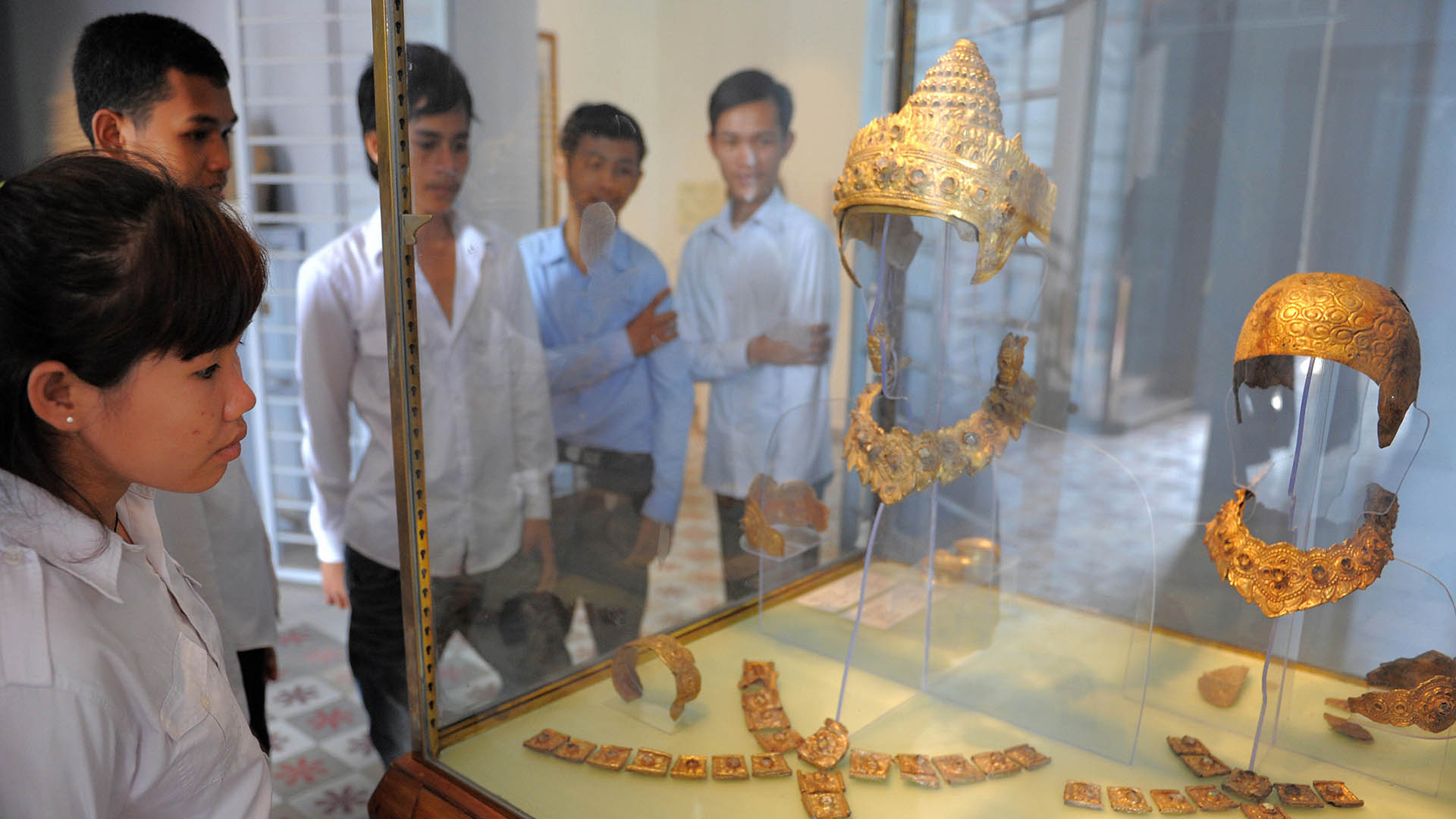IMPACT
Lindemann family returns 33 long-sought ancient statues to Cambodia
Billionaire George Lindemann showcased his collection of Khmer treasures and passed them on to his children. But investigations by ICIJ and others traced many of his prized antiquities back to pillaged sacred sites.

In one of the most significant repatriations of art to Cambodia from a private collection, the family of billionaire George Lindemann has agreed to turn over 33 ancient statues that officials say include stolen antiquities trafficked to the United States.
Lindemann’s stockpile of Khmer relics was once hailed as “one of the greatest collections of Southeast Asian art in private hands.” But investigations by ICIJ and others revealed many of the 10th to 12th-century statues — which once adorned his Palm Beach mansion, and later his daughter’s home in San Francisco — were likely looted from Cambodian sacred sites and smuggled to the U.S. by disgraced art collector Douglas Latchford.
For decades, Cambodia has been on a worldwide hunt for relics pillaged from the country during years of tumultuous civil war. Among the objects recovered from the Lindemann family, according to U.S. prosecutors, is a long-sought statue of Dhrishtadyumna stolen from a temple in Koh Ker, an ancient city known for its carved sandstone masterpieces.
The agreement states that the family will voluntarily return the statutes and will not face criminal charges. It stipulates that prosecutors will void the deal if they determine the family “knowingly provided false, materially incomplete, or materially misleading information with respect to the location of the antiquities.”
U.S. Attorney announces return of significant collection of antiquities to Cambodiahttps://t.co/BeL1aU4i5e pic.twitter.com/WXTQcoNcRZ
— US Attorney SDNY (@SDNYnews) September 12, 2023
In 2022, an investigation by ICIJ, Finance Uncovered and the Washington Post matched several Khmer relics showcased in archival magazine photographs of Lindemann mansions to the Cambodian government’s list of most-wanted missing cultural treasures. A double-page spread in a 2021 edition of Architectural Digest showed the lush courtyard inside the San Francisco home of Lindemann’s daughter, Sloan Lindemann Barnett, and her husband, Roger Barnett, with a number of empty pedestals.
ICIJ found that a set of Khmer stone heads, depicting gods and demons, had been edited out of the photo.
“Some of these statues are of enormous historical and cultural importance to Cambodia and should be repatriated as soon as possible,” Phoeurng Sackona, the country’s minister of culture and fine arts, told ICIJ last year.
In Cambodia’s national museum in Phnom Penh, the sandstone statue of Dhrishtadyumna, a celebrated warrior, is represented by a genuinely empty pedestal. The missing statue belongs to a set of nine depicting a battle from a Hindu epic, according to scholars.
“It’s hard to overstate the importance of this statue to Cambodia,” Bradley Gordon, the head of Cambodia’s antiquities investigations team, told ICIJ. “It belongs in the national museum.”
It’s hard to overstate the importance of this statue to Cambodia. It belongs in the national museum.
— Bradley Gordon, head of Cambodia’s antiquities investigations team
During ICIJ’s reporting, the Lindemann family did not respond to multiple requests for comment. Adam Lindemann, one of George Lindemann’s two sons, also did not respond to a request to comment on the repatriation.
Lindemann senior, a gas and oil executive, died in 2018 aged 82. He and his wife, Frayda, were major forces in the art world as collectors and donors to museums such as New York’s Metropolitan Museum of Art. Photographs seen by the New York Times reportedly show the couple traveling to Cambodia in the 1990s to meet with Latchford and to acquire Khmer relics.
The Lindemann family’s agreement with prosecutors comes amid a streak of high-profile returns and settlements tied to the British-born art collector, who oversaw a booming business selling relics taken from Cambodia and its neighboring countries — a trade prosecutors have alleged amounted to antiquities theft on a massive scale.
Latchford died in 2020 but, in June, his estate agreed to pay $12 million and return a 7th-century bronze statue in a record forfeiture. In early 2022, tech billionaire James H. Clark, the co-founder of Netscape, agreed to return 35 relics from his private collection, including a monumental sandstone sculpture that once adorned Koh Ker and bronze sculptures from nearby Angkor Wat. All had passed through Latchford’s hands.
Clark told ICIJ he had displayed the objects in a Miami Beach penthouse he owned before moving them to a Palm Beach storage unit, where they remained for more than a decade before he turned them over to authorities.
“I kept wanting to bring parts of it out,” Clark said of the collection. “The decorator we’d use for any place we had, he wasn’t excited about it.”
The push to recover allegedly stolen relics from private collections and some of the world’s top art institutions has been led by a team of Cambodian researchers who have worked closely with officials in the U.S. Department of Homeland Security as well as prosecutors in New York.
“It is an incredible feeling here in Cambodia as the news starts to spread,” Gordon, who heads the team, told ICIJ of the Lindemann return. “We have so much to learn from these artifacts, and we thank the Lindemanns for making the right decision.”


